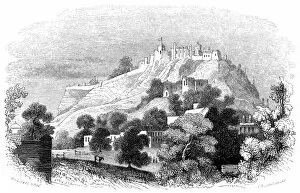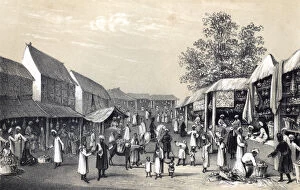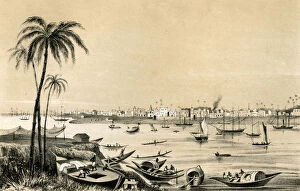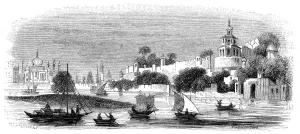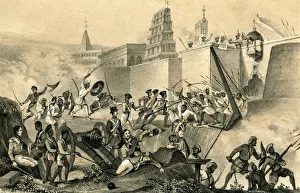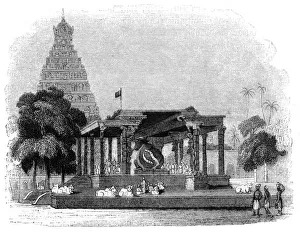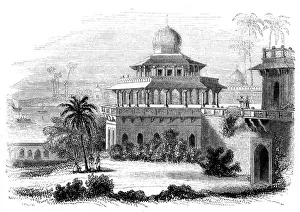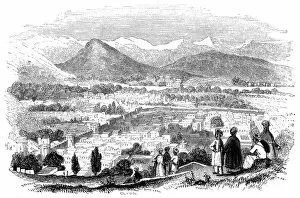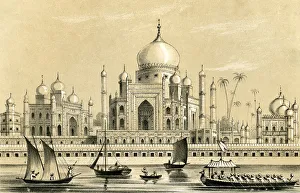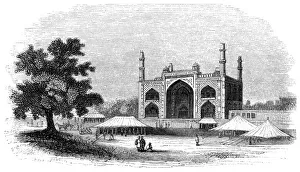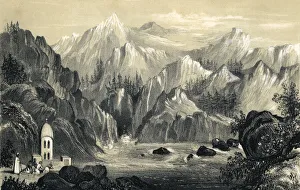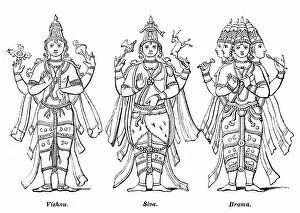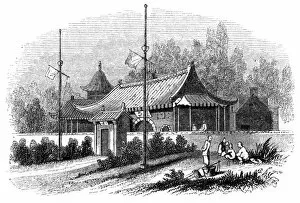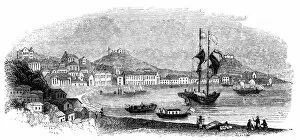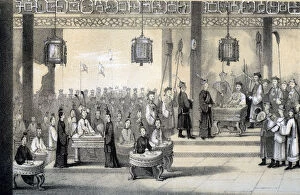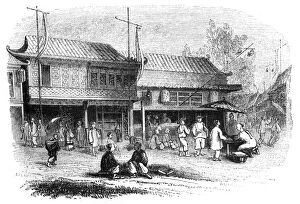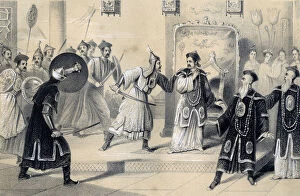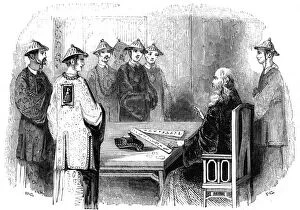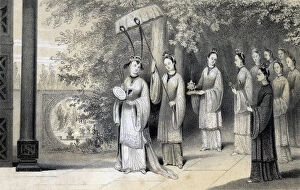B Clayton Collection
"B Clayton: A Piper's Journey through 19th Century India" Step into the captivating world of B Clayton
All Professionally Made to Order for Quick Shipping
"B Clayton: A Piper's Journey through 19th Century India" Step into the captivating world of B Clayton, a skilled piper who served in two renowned Highland regiments during the late 19th century. In 1909, he was part of the esteemed 42nd Royal Highlanders, also known as the Black Watch. Their resounding bagpipe melodies echoed across battlefields and brought solace to weary soldiers. Before that, in another chapter of his life, Clayton had been a proud member of the legendary 93rd Sutherland Highlanders. This regiment boasted an illustrious history and fought valiantly in various conflicts throughout India during the same period. One can only imagine what sights Clayton witnessed during his time stationed at Fort Gwalior in 1847. The detailed artwork by Robinson captures this majestic fortress rising against the Indian sky with its formidable presence. Venturing further into India's vibrant tapestry, we find ourselves transported to Benares. Here, Kirchner's artistry paints a vivid picture of bustling streets adorned with colorful saris and ornate temples dedicated to Hindu deities. The enchantment continues as we explore Bombay's lively bazaar through Kirchner's brushstrokes. The aroma of exotic spices fills our senses while merchants skillfully negotiate their wares amidst a sea of eager customers. Moving northward towards Kabul, we catch a glimpse of life during fruit season within its vibrant bazaar. The air is filled with laughter and chatter as locals indulge in succulent fruits from nearby orchards. Our journey takes us next to Ghazni where Kirchner beautifully depicts two towering minars standing guard over this ancient fortress city—an architectural marvel steeped in rich history and tales untold. Lucknow beckons us forth with Robinson's portrayal capturing both grandeur and resilience amidst turbulent times. The city stands tall despite past conflicts—a testament to its enduring spirit. Calcutta reveals itself through Chittapore Road, a bustling artery pulsating with life.



